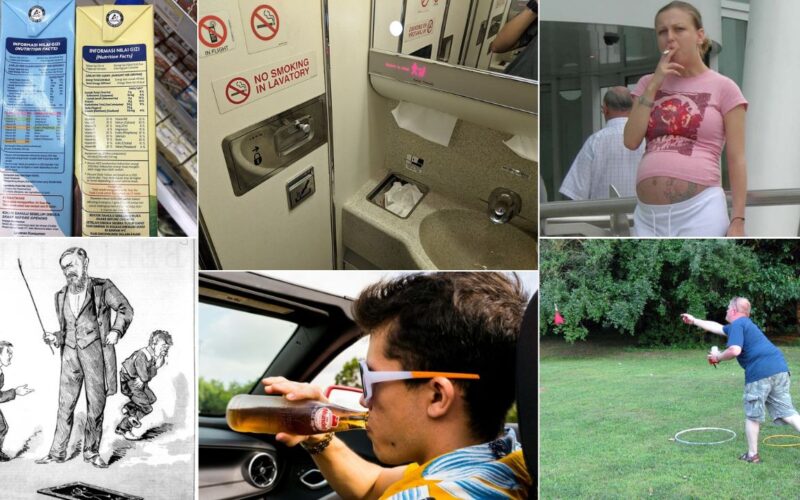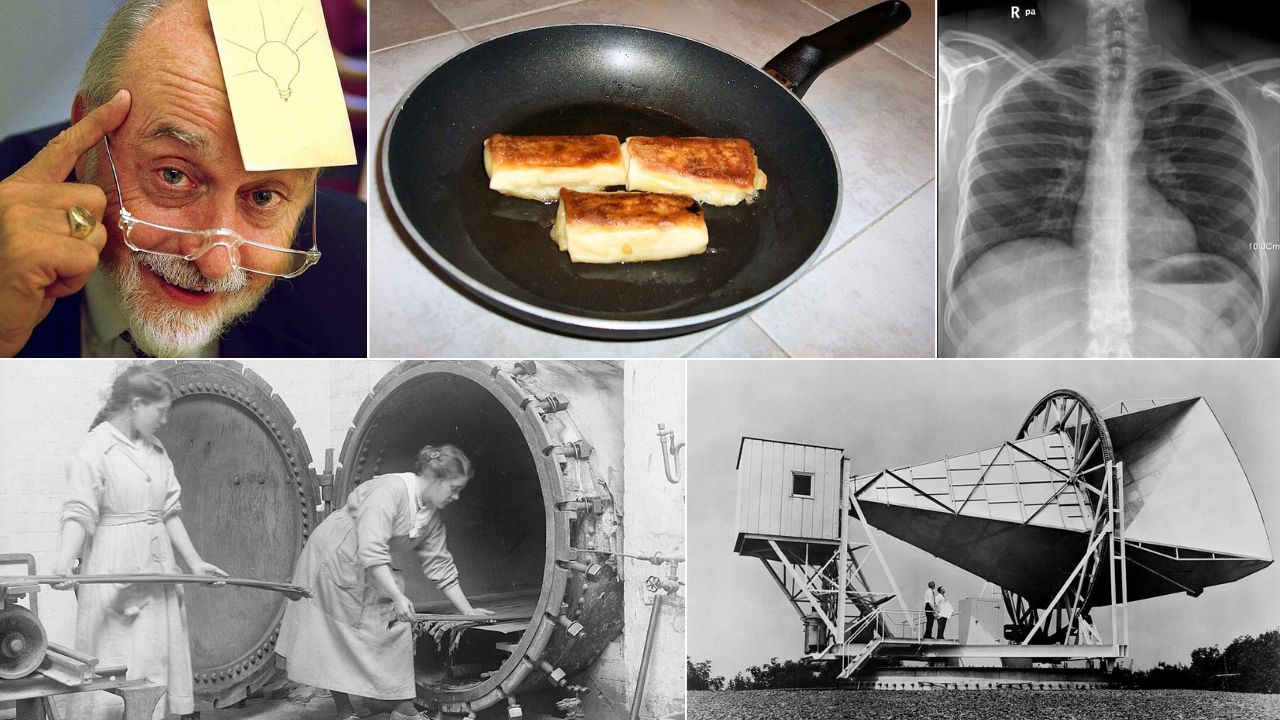The 1960s were filled with bold fashion, evolving social norms, and some truly dangerous habits that were completely legal at the time. Whether it was lighting up in a hospital waiting room or letting kids ride in a truck bed at 60 miles per hour, people lived with far fewer regulations and safety standards. While some of these activities seem shocking now, they were just another Tuesday back then. Here are 20 totally normal things people did in the ’60s that would be illegal, or at least raise serious legal eyebrows, today.
1. Smoking on Airplanes
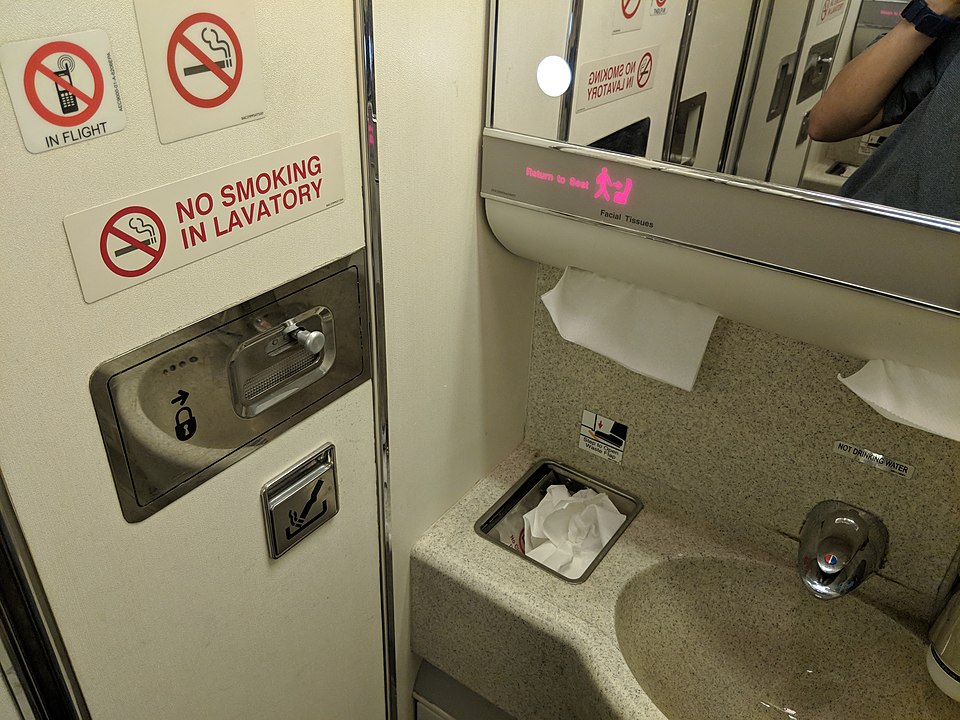
In the ’60s, smoking on commercial flights was not only allowed, it was expected. Airlines offered complimentary cigarettes, and entire sections of planes were designated for smokers. Flight attendants passed ashtrays like drink carts. The thick, stale air circulated through the cabin, affecting everyone on board. Today, lighting a cigarette on a plane is a federal offense that can lead to arrest, fines, and even jail. It’s one of the clearest examples of how public health priorities have changed.
2. Drinking While Driving
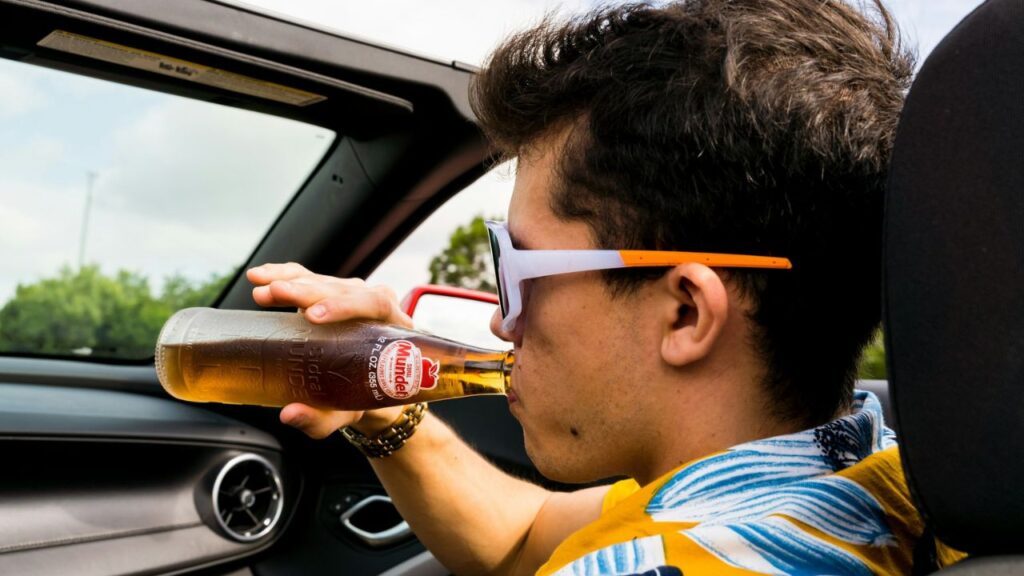
A casual beer behind the wheel wasn’t uncommon in the 1960s, especially in rural areas. Some states didn’t have open container laws, and police were often lenient unless someone was clearly intoxicated. In fact, some cars came with built-in ice compartments for booze. These days, even a half-empty can of beer in the cup holder is enough to get pulled over, fined, and possibly arrested. Drinking while driving is no longer just frowned upon, it’s flat-out illegal in all 50 states.
3. Riding Without Seatbelts
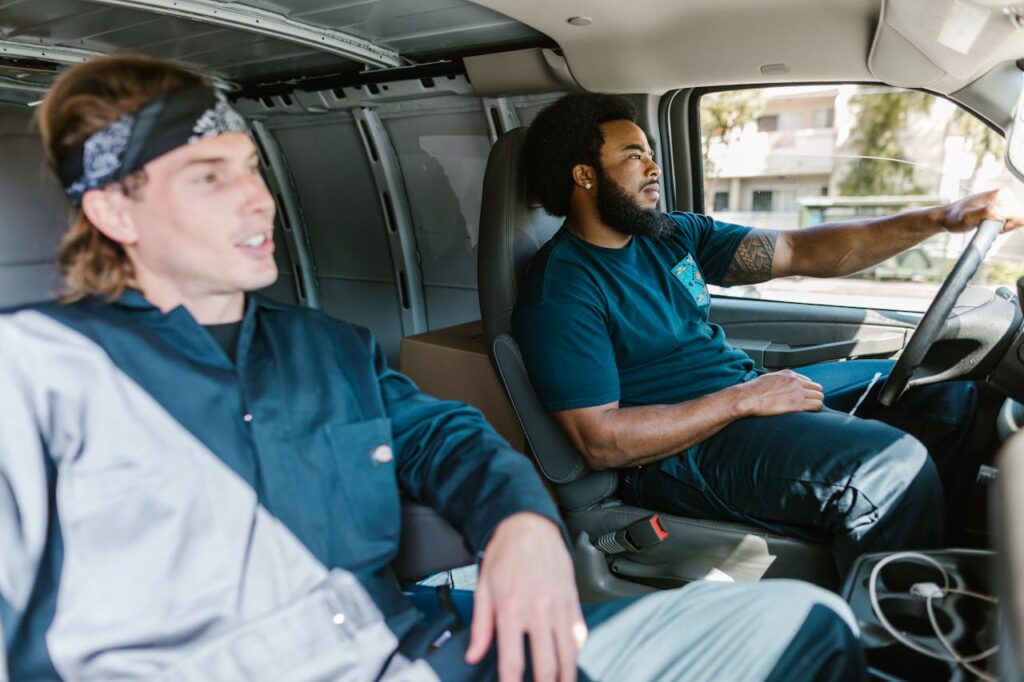
Seatbelts were considered optional in the ’60s. Many cars didn’t even have them in the backseat, and if they did, few people used them. Kids were often seen standing up, climbing over seats, or lying across the back window ledge during road trips. Laws mandating seatbelt use didn’t gain traction until the 1980s. Today, not buckling up can result in a hefty ticket, and more importantly, can mean the difference between life and death in an accident.
4. Leaving Kids in the Car Alone

Running errands while leaving your kids in the car, even with the engine off, was a common sight in the 1960s. Parents saw it as harmless, especially for just “a few minutes.” But modern studies and tragic stories have shown how quickly cars can heat up, even on mild days. Now, in many states, leaving a child unattended in a vehicle is considered neglect or endangerment, punishable by fines or even jail time. It’s a risky move that’s no longer tolerated.
5. Selling Toys with Choking Hazards

Before the Consumer Product Safety Commission was created in 1972, there were few rules regulating toy safety. The ’60s were full of toys with detachable small parts, sharp edges, and toxic paint. Swallowing toy pieces was an everyday ER visit. Today, manufacturers must comply with strict federal guidelines, and choking hazard labels are required on anything with small components. One faulty toy can now result in lawsuits and nationwide recalls, things no one considered back then.
6. Smoking Indoors Everywhere

If you lived in the ’60s, you could light up almost anywhere: in restaurants, offices, hospitals, even on school grounds. Doctors smoked in exam rooms and parents smoked in nurseries. Ashtrays were everywhere. Non-smokers had little choice but to inhale secondhand smoke. Today, indoor smoking bans protect the public in nearly every state, and businesses face fines for allowing it. What was once a cultural norm is now a health hazard, and largely banned in public life.
7. Using Lead Paint in Homes
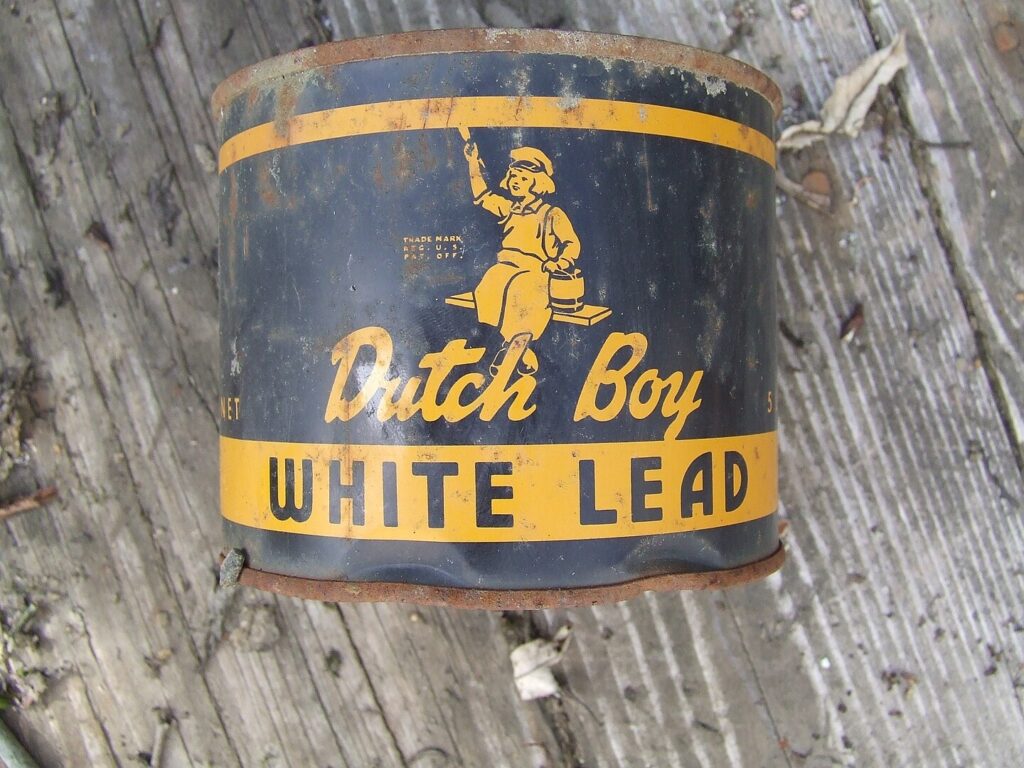
Lead-based paint was praised for its durability and bright colors, making it a popular choice in homes throughout the ’60s. But no one realized the long-term health effects, especially on children. Lead exposure was linked to developmental delays, learning disabilities, and serious illness. It wasn’t banned for residential use in the U.S. until 1978. Today, homeowners must disclose lead paint, and contractors must follow strict removal protocols. It’s now seen as a hidden household danger.
8. Burning Trash in the Backyard
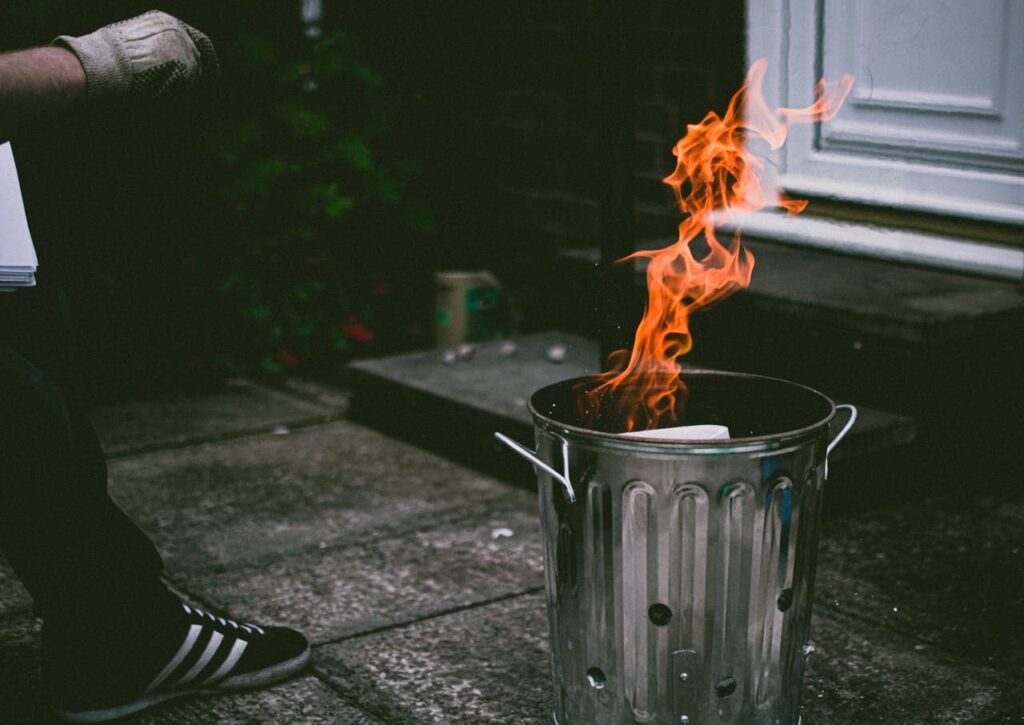
Backyard burning was a routine part of suburban life in the ’60s. Families incinerated their garbage, paper, food scraps, even plastics, in metal barrels or open pits. It saved trips to the dump, but came with toxic smoke and fire risks. Air quality laws and environmental awareness were still decades away. Today, open burning is banned or tightly regulated in most places, especially near homes. Violators can face stiff penalties and environmental citations for polluting or starting wildfires.
9. Corporal Punishment in Schools
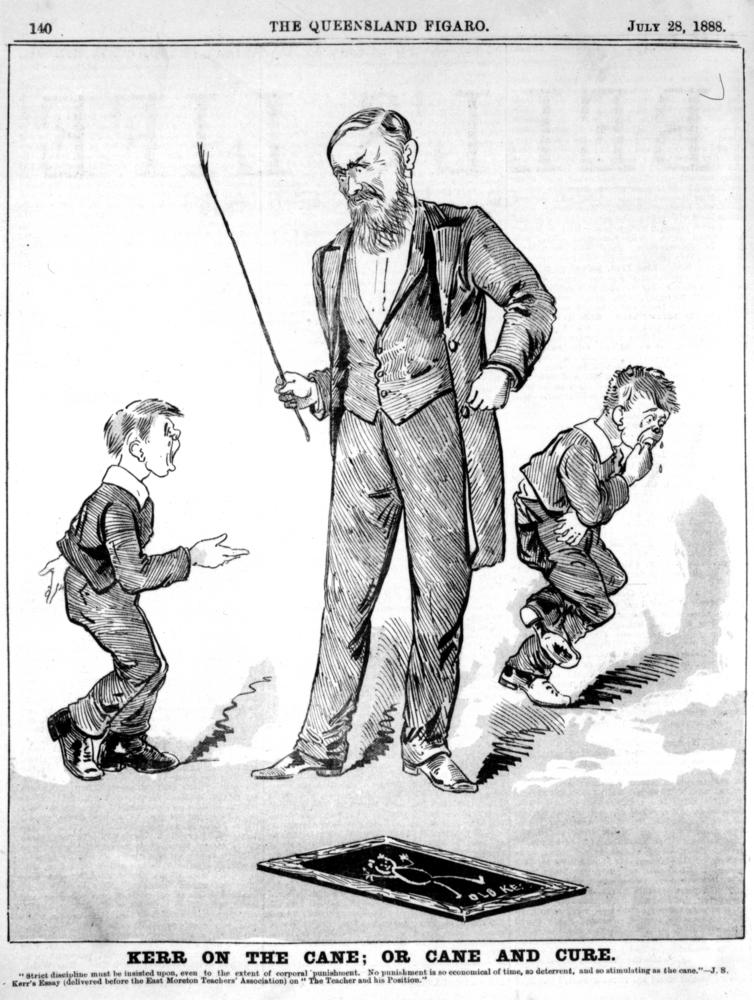
In the ’60s, getting paddled by a teacher was a common disciplinary method in public schools. Principals kept wooden paddles on hand, and students were expected to “take their licks” for talking back or misbehaving. There were few legal protections for students. Today, corporal punishment is banned in over 30 states and condemned by most educators. Schools now rely on restorative discipline, counseling, and behavior plans instead of physical punishment, which is widely viewed as harmful.
10. Hitchhiking
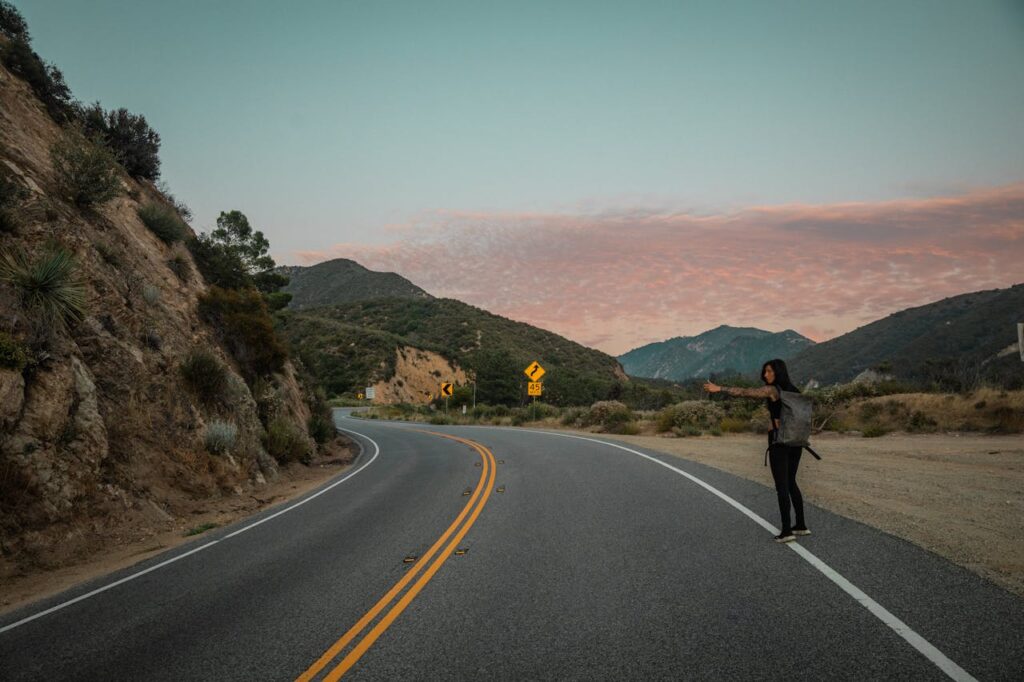
Thumbs-out travel was popular among young people and backpackers in the 1960s. It was considered adventurous and low-cost, especially during the counterculture movement. Many saw it as a rite of passage. But as crime rates rose and serial hitchhiker-related tragedies made headlines, public opinion shifted. Today, hitchhiking is illegal in some jurisdictions and discouraged nationwide. Even where it’s not banned, both drivers and pedestrians risk citations, and few would dare pick up a stranger now.
11. Selling Lawn Darts to Kids
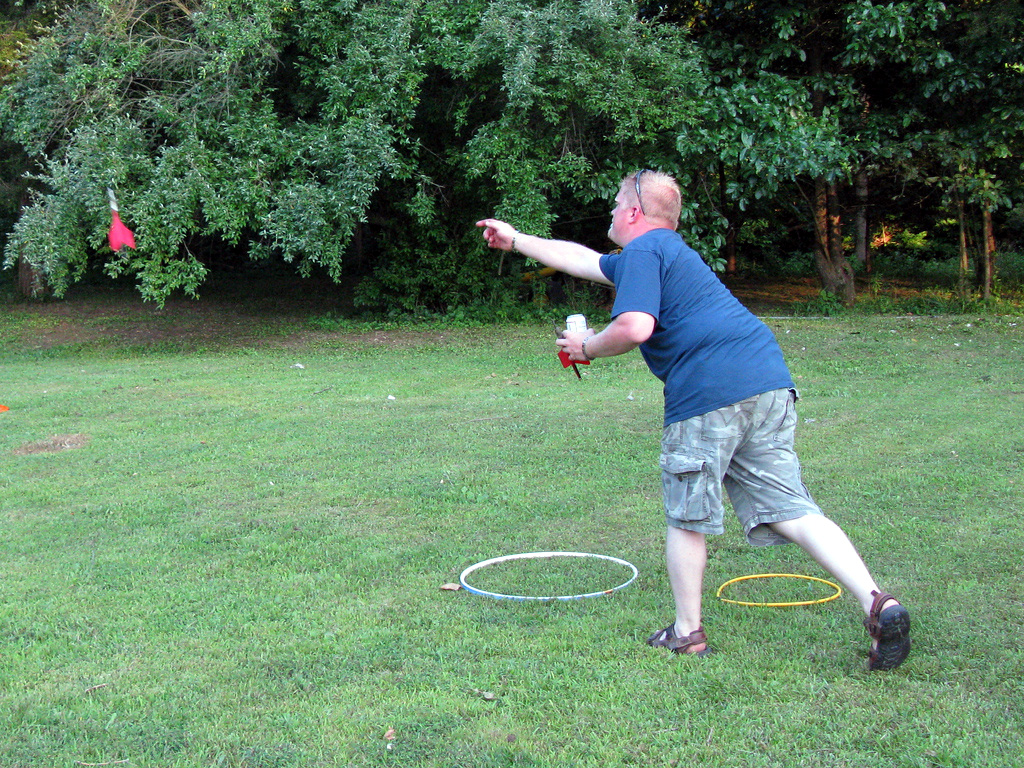
Also known as “Jarts,” these weighted metal darts were a summer staple in many American backyards. They were supposed to be tossed toward a plastic ring, but often landed in people’s feet, legs, or heads. Thousands of injuries and several deaths led to their U.S. ban in 1988. In the ’60s, they were just another “fun” family game. Today, you won’t find them on any toy store shelf, and for good reason. Safety regulations killed the lawn dart for good.
12. Letting Kids Ride in the Bed of a Truck
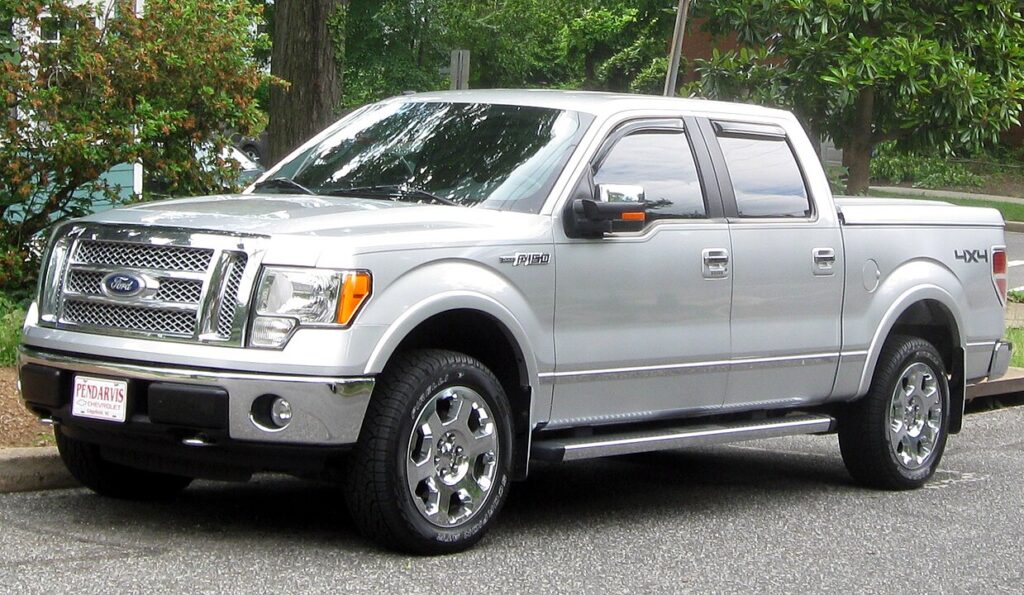
Kids bouncing around in the back of a moving pickup truck was a regular sight in the ’60s, especially in rural areas. No seatbelts, no helmets, just wind in your face and a high risk of flying out during a turn. It was seen as harmless fun, but today it’s illegal in many states due to safety concerns. Modern laws protect unrestrained passengers, especially children. Even where it’s not banned, it’s strongly discouraged and considered reckless parenting.
13. Advertising Cigarettes to Kids
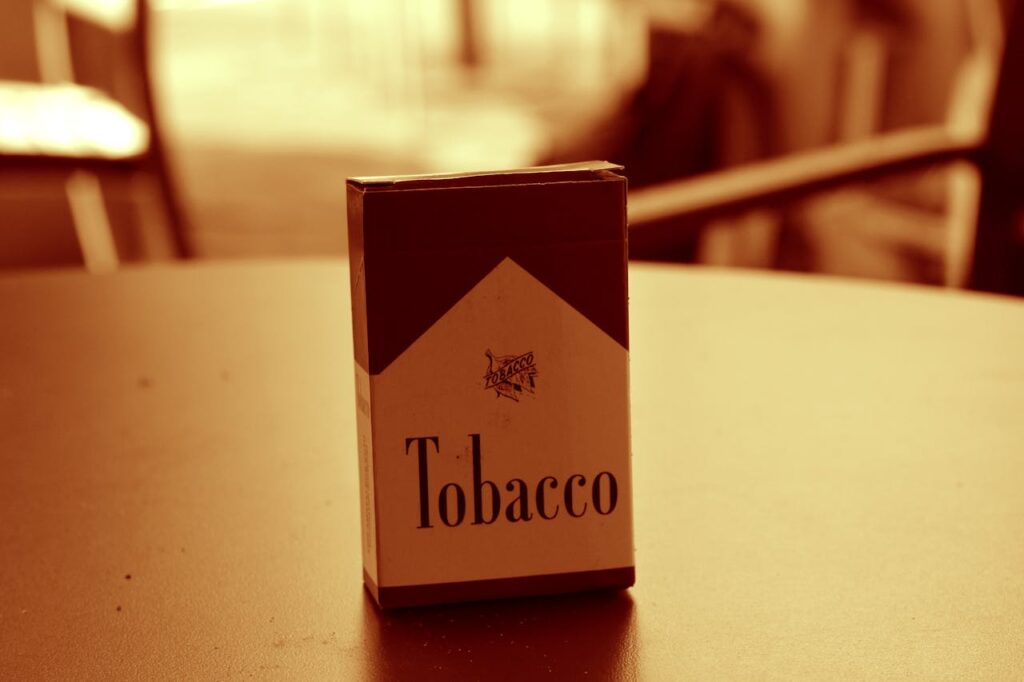
Tobacco companies in the 1960s shamelessly targeted young audiences with cartoon mascots like Joe Camel and ads in comic books. Candy cigarettes were sold at every corner store. The long-term strategy was to get kids hooked early. Today, such tactics are banned under federal law, and cigarette ads are restricted to adult publications. Marketing nicotine to children is considered a public health crisis, and companies now face billions in lawsuits for their past efforts.
14. Driving Without a License or Insurance
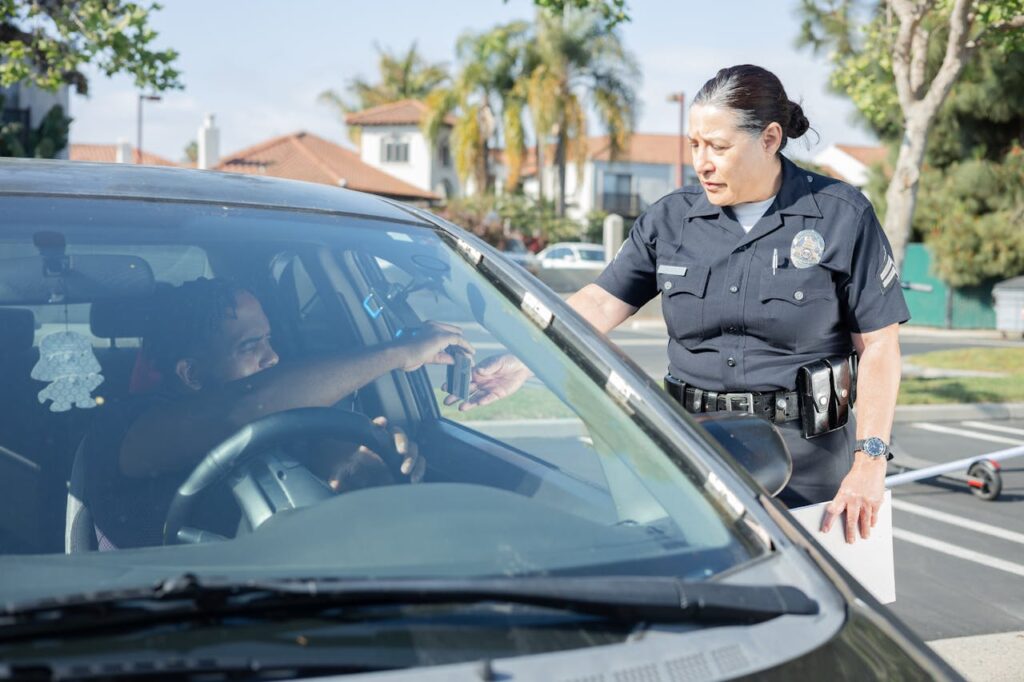
While driving laws existed in the ’60s, enforcement was relaxed, especially in rural areas. Teens sometimes drove before they were legally allowed, and many adults skipped out on car insurance altogether. Police rarely checked unless there was an accident. Today, driving without a valid license or proof of insurance can lead to immediate fines, car impoundment, or even jail time. With surveillance tech and tougher traffic laws, the days of carefree cruising are over.
15. Racially Segregated Businesses
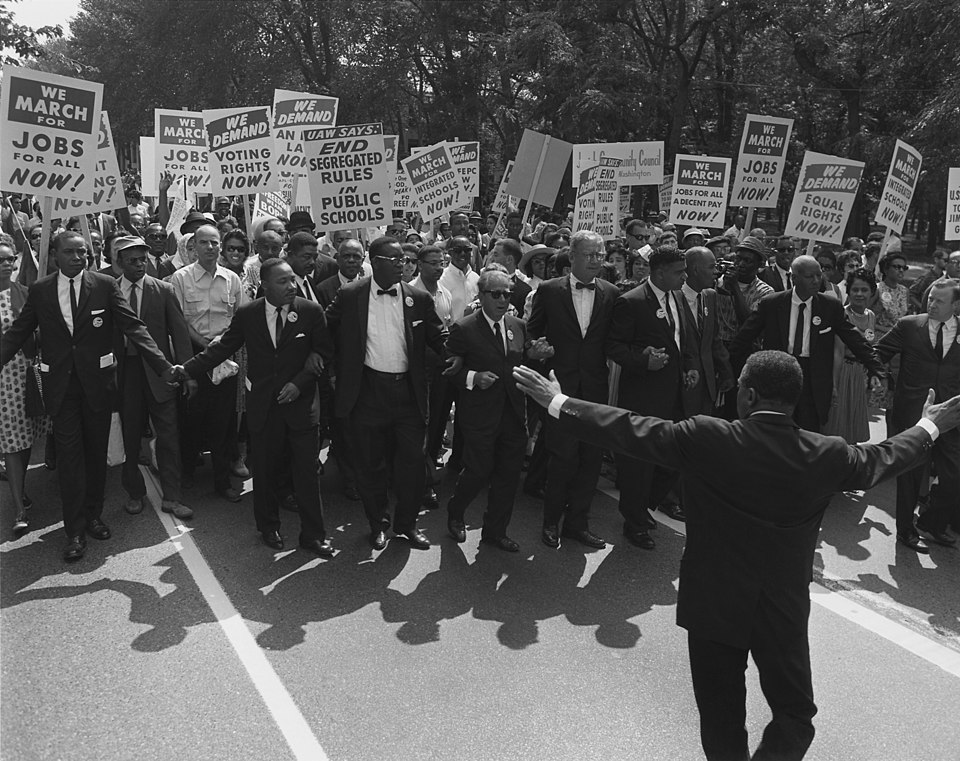
Though the Civil Rights Movement was gaining ground, racial segregation was still legal in many parts of the U.S. during the early 1960s. Restaurants, hotels, and even movie theaters openly denied service to Black Americans and other minorities. Today, these practices are illegal nationwide and considered deeply unethical. Federal civil rights laws now protect against discrimination in public accommodations, housing, employment, and education. What was once policy is now recognized as blatant injustice.
16. Drinking at Age 18

In the 1960s, many states had a legal drinking age of 18, or no minimum at all for certain beverages. College freshmen could drink legally, and teens often purchased beer without ID. That changed in the 1980s when the federal government pressured states to raise the drinking age to 21, linking it to highway funding. Today, underage drinking is illegal nationwide, and fake IDs can lead to serious legal consequences. The party started earlier back then, but not anymore.
17. Lax Food Labeling Laws
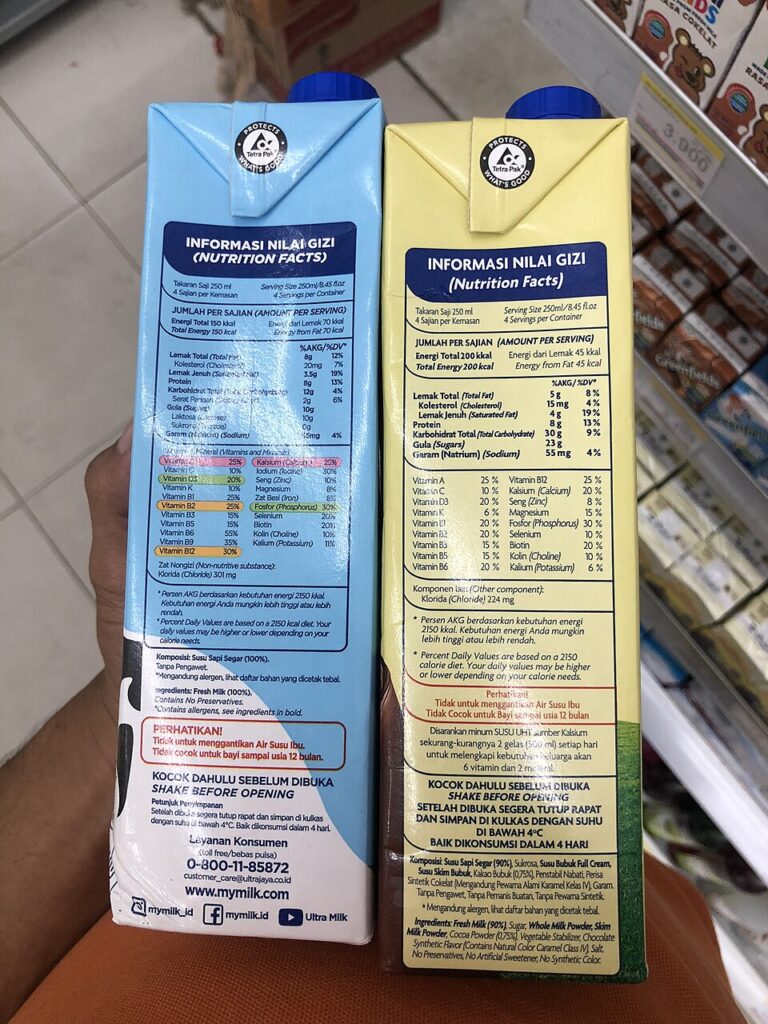
Before the 1966 Fair Packaging and Labeling Act, food companies weren’t required to list ingredients, nutrition facts, or allergens. Consumers often had no idea what they were eating, especially in processed foods. Additives and artificial colors went undeclared. Today, federal laws require detailed nutrition labeling on nearly all packaged foods. Shoppers can now avoid allergens, read calorie counts, and understand what’s in their meals, something few people could do in the ’60s.
18. Using Asbestos Everywhere

Asbestos was used in building insulation, floor tiles, ceiling textures, and even household appliances for its fire-resistant properties. It wasn’t until the 1970s that its dangers, such as mesothelioma and lung disease, became widely known. Today, asbestos is banned in many products, and professional removal is strictly regulated. Homes built before the 1980s often require inspection. Something once praised as a miracle material is now considered a hidden health hazard lurking behind the walls.
19. Riding Bikes Without Helmets
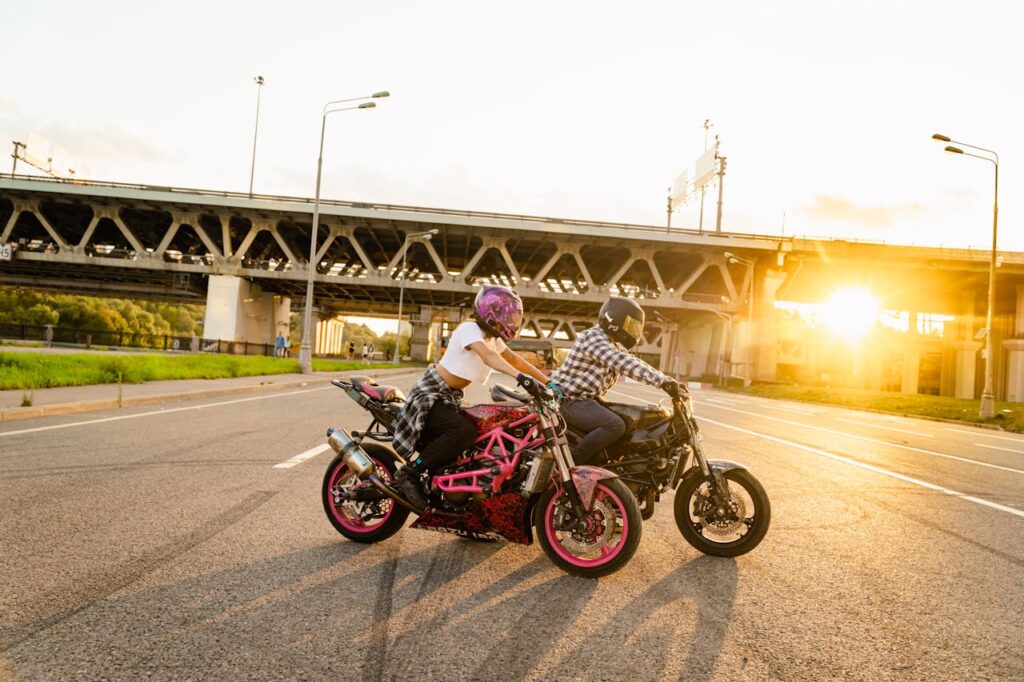
In the 1960s, no one wore a helmet unless they were racing in the Tour de France. Kids rode bikes to school, the store, or just around the block, helmet-free and carefree. Crashes and head injuries were common, but largely accepted as part of growing up. Today, bike helmet laws exist in many states for minors, and parents are encouraged to model good safety habits. The modern push for helmets has made riding much safer.
20. Smoking While Pregnant

It’s hard to believe now, but smoking during pregnancy wasn’t just common, it was sometimes recommended. Doctors told women it helped reduce stress and prevent “excessive weight gain.” Cigarette ads even showed pregnant women smiling with a lit cigarette. Today, we know smoking while pregnant can cause low birth weight, premature delivery, and lifelong health problems. Smoking during pregnancy is now heavily discouraged, and considered a major health risk for both mother and baby.
